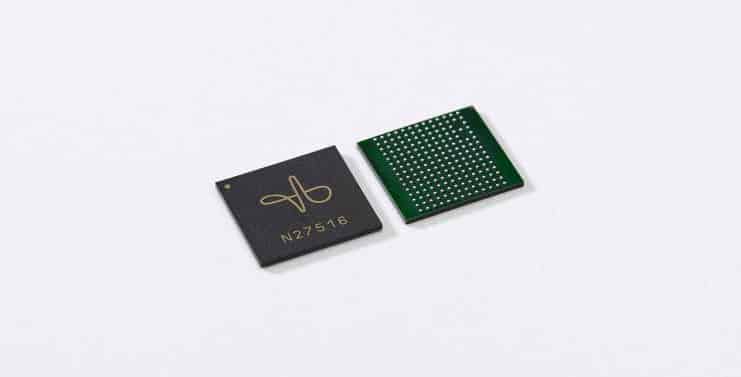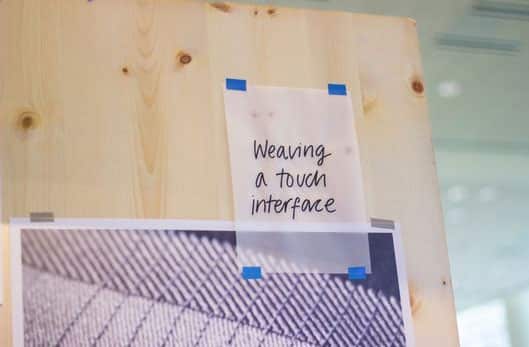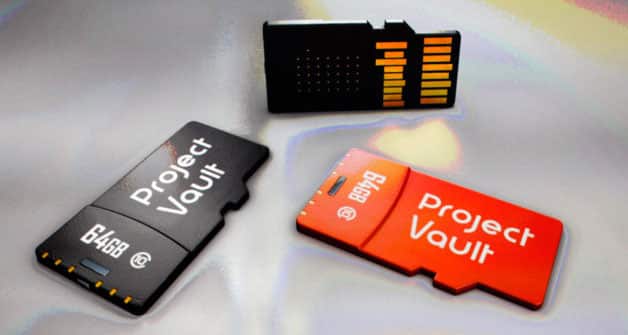
Google, currently, is busy changing the way we use our smartphones. Recently at the I/O event Google showed us android M and discussed some projects it’s working on. These projects might seem a bit weird (and impossible) at first but these are the tech(s) of future.
Google’s ATAP (Advanced Technology and Project) team was clearly the center of attraction at the I/O with some awesome projects by their side.
1. Project Abacus
Google’s project abacus aims to eliminate password-based authentication system. It works by continuously paying attention to who you are and how you behave. It analyzes your usage prayer pattern like the way you handle your phone, the way you type, apps you use the most, etc. It also makes use of biometric authentication tools to confirm that the person using the phone is actually the owner. Everything needs to work together to keep your device secure. Google says that Project Abacus is actually harder to fool than conventional authentication systems such as 4-digit passwords or fingerprint readers.
It’s likely that that battery would drain faster if project abacus will always be running in the background, but hopefully Google will find a way to optimize the battery consumption.
During the live demo, project abacus was able to clearly tell the difference between two separate users.
ATAP has certainly made huge improvements in this security field, but unfortunately it might be awhile until we see this tech make its way to the real world.
2. Project Soli
Another great ATAP team creation, Project Soli is a gesture sensing technology which is very precise. It is a tiny radar sensor that can be fit onto virtually any device, turning your own hands into the user interface. Using gestures and radar, Google was able to get machines to identify the gestures made in air for executing commands.
In just 10 months, it’s gone from a device the size of a mini computer to about the size of an SD card.
The APIs will also be available later this year, fully accessible by the developer community.
3. Project Jacquard
Project Jacquard makes it possible to weave touch and gesture interactivity into any textile using standard, industrial looms. Google partnered with Levi’s to bring the technology to the masses.
One example Google showed at I/O was using touch-sensitive fabric to control Philips’ Hue lights. In demo, a quick tap of the clothing turned the lights on and off; a swipe to the right scrolled through different color settings and swipes up and down changed the brightness. Awesome!
Your shirt can be used to control electronic objects at your home. Touch your right sleeve to control the TV. Touch your left sleeve to control the refrigerator.
The simplest example of how Project Jacquard could be useful in day-to-day life was with Google’s mobile music player. Via a touch or swipe either way, you could control the playback, track and volume.
4. Project Vault
Project Vault is Google’s newest attempt at making your data secure. It packs a digital security system into a microSD card.
“Project Vault is your digital mobile safe,” said Regina Dugan, who leads Google’s Advanced Technology and Projects group, or ATAP, which oversees the project. The card has a near-field communication chip for communicating with nearby devices and has 4 gigabytes of storage. It can be recognized by any OS.






Join The Discussion: